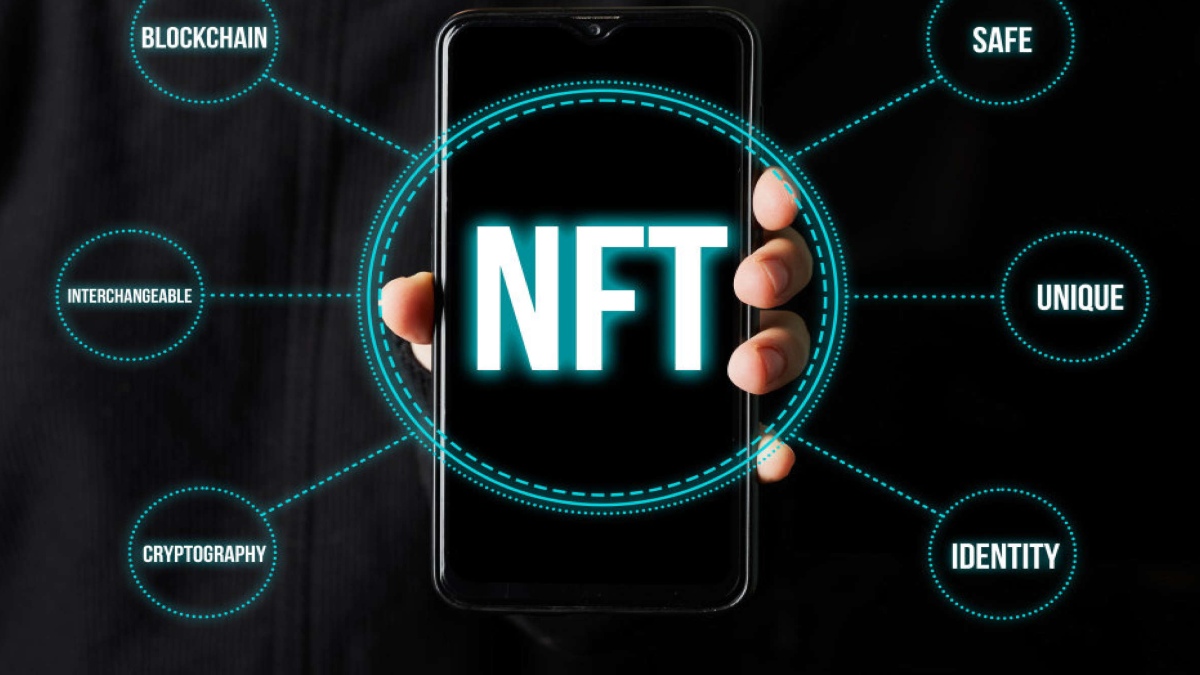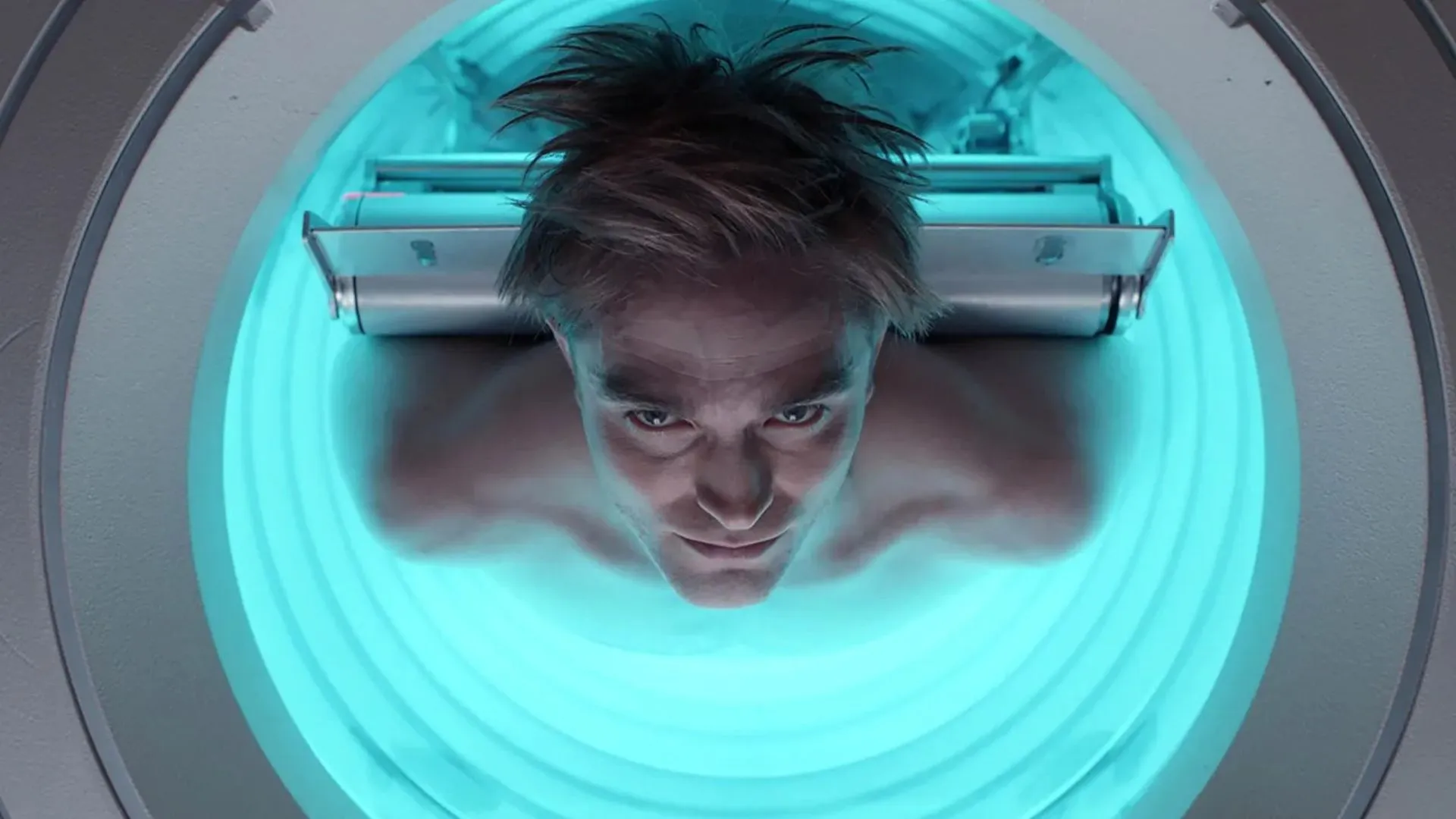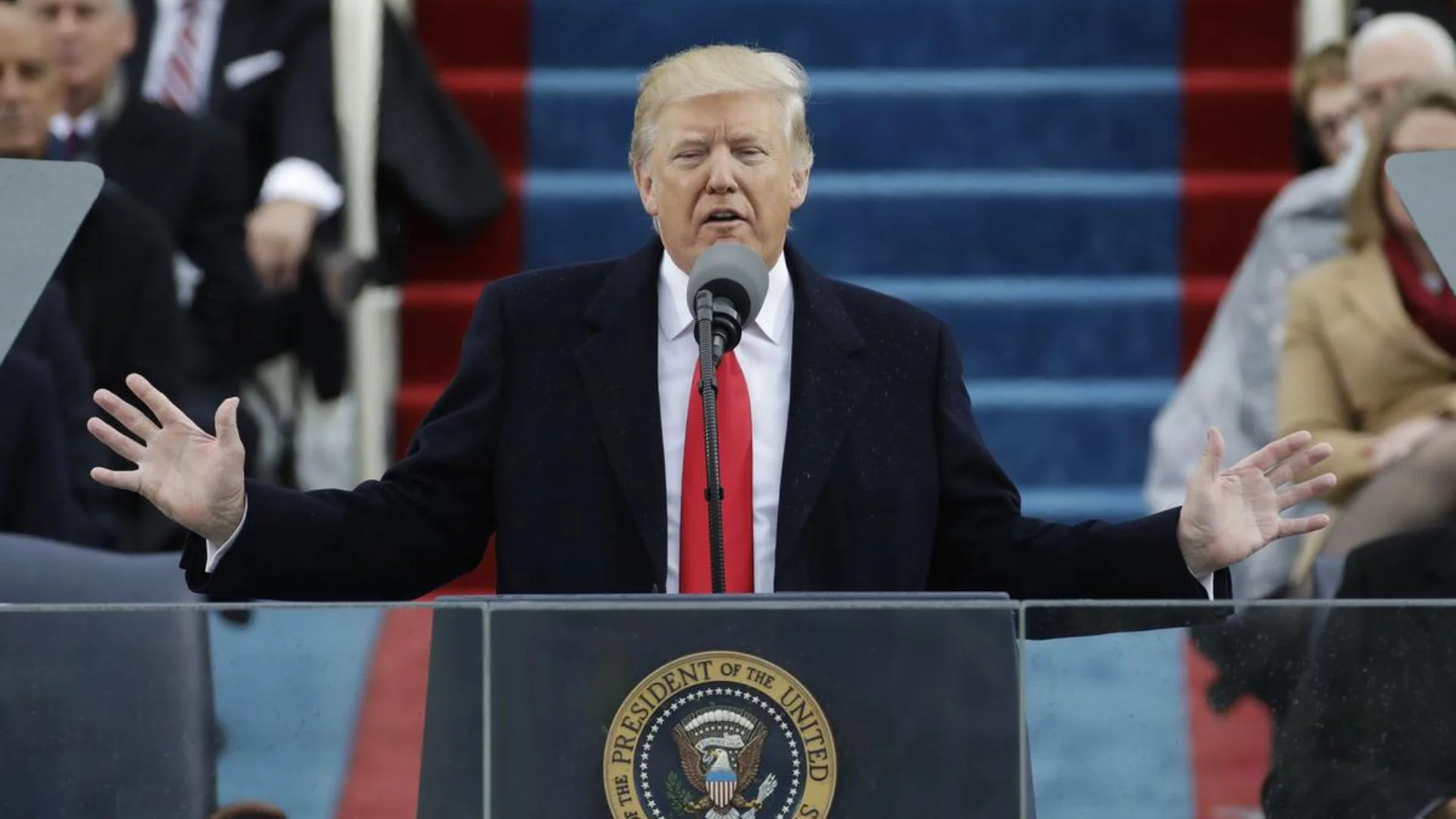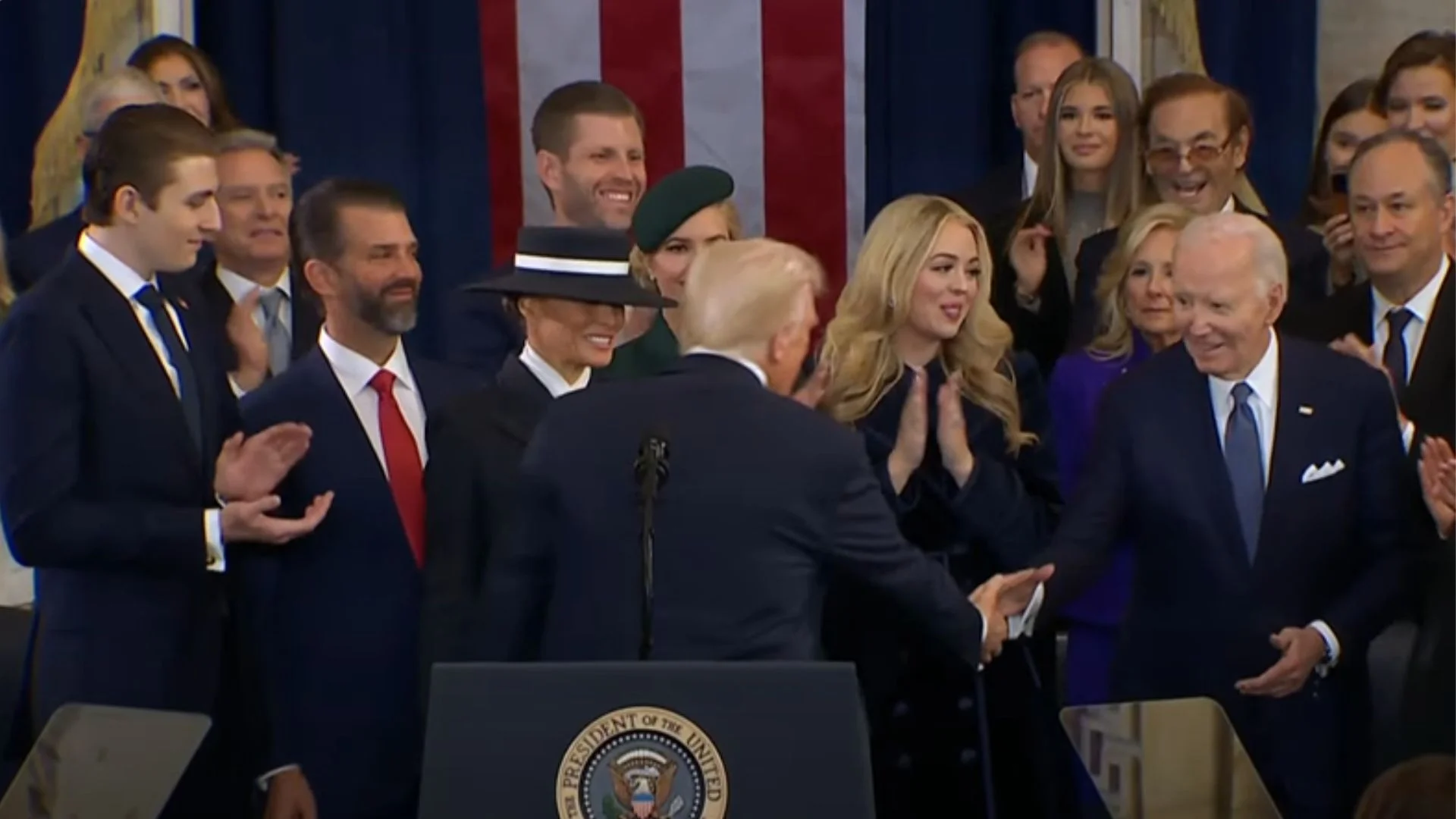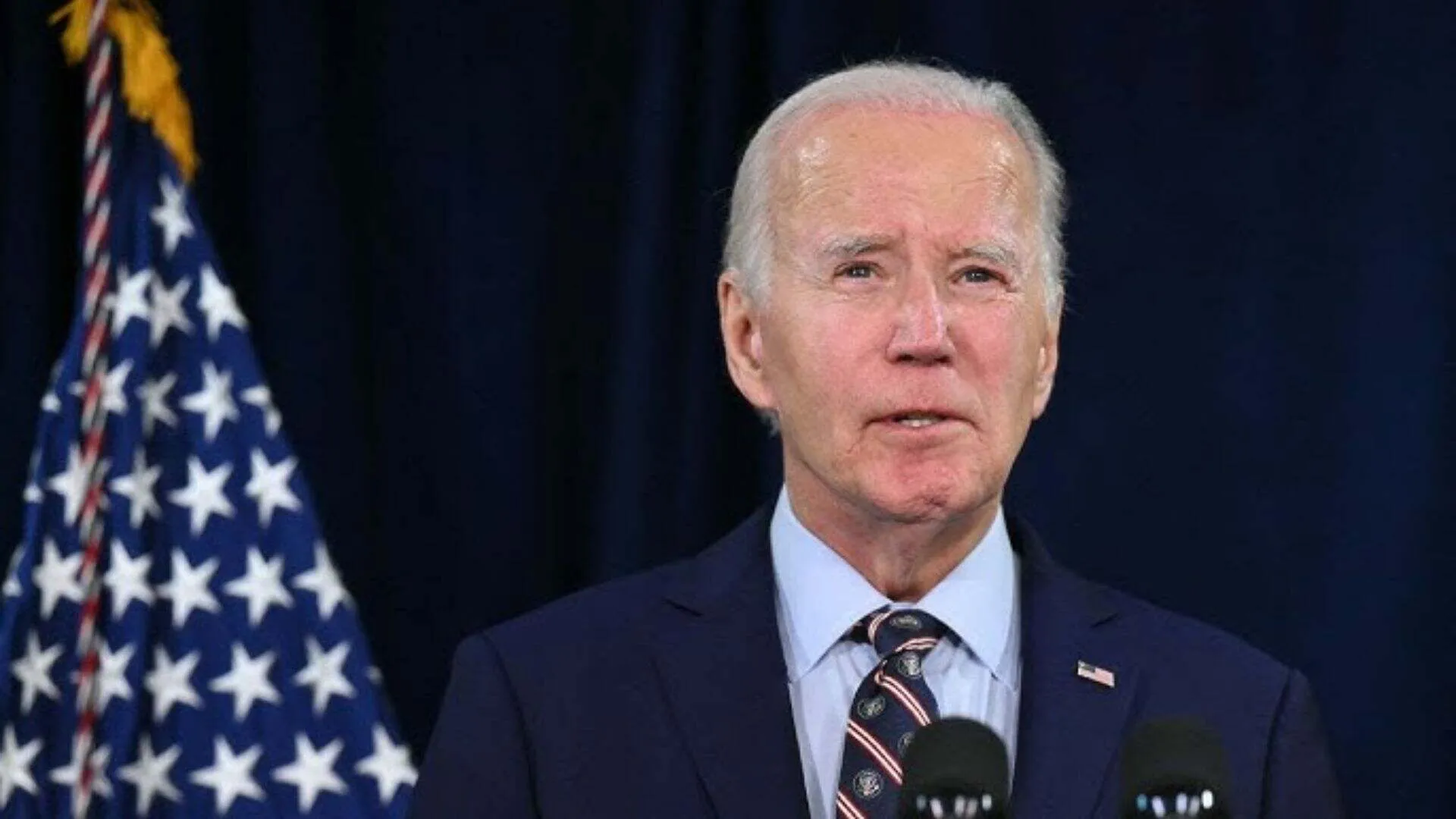As a means of determining possession of actual products and activities, the use of non-fungible coins also referred to as NFTs, which are digital currencies, is seeing a meteoric rise in acceptance. In addition, we have begun to see a few instances of educational institutions utilizing these one-of-a-kind digital products, ranging from done at various to charity. This reading should take you around five minutes, you will learn about some novel applications of NFT in the field of higher education and think about how this pattern could evolve in the future.
Students Can Record Their Accomplishments from Various Life Situations in a More Enjoyable Manner
It is difficult for companies to determine which individual to recruit depending just on the diploma or GPA because there are thousands of people that emerge and get the same number of points each year. They rather base their judgment almost entirely on the participant’s résumé. It can often be just one page long and concentrates mostly on extracurricular activities related to management as well as job experience gained outside of the curriculum. Furthermore, it’s known that understudies might seek help with a legitimate essay writing service. And that’s normal as indeed, they can benefit from it very much.
Nevertheless, using these credentials does not result in a very positive experience for either the pupils or the companies. For students, it is their responsibility to devote a significant amount of time to studying how to best present their accomplishments. When it comes to companies, recruiters are responsible for selecting the most qualified applicant from a heap of applications that are quite similar to one another and frequently only seen for a few seconds at a time. Recruiters may find it challenging to evaluate the experiences provided on the CV due to the possibility that the experiences have been inflated to some degree or altogether falsified.
Learners Have a More Unified Educational Experience with NFTs
A significant number of educators are driven by a strong desire to assist pupils in overcoming scholastic obstacles while also meeting their needs. However, at the moment, it is challenging for teachers who get a fresh group of students each quarter to immediately evaluate the advantages and limitations of their pupils. If pupils are given academic NFTs that preserve their previous information and experiences, then succeeding instructors will be able to study a child’s individual NFT collection to have a better idea of where the individual was when they began their academic journey.
After the student has graduated, prospective employers will be able to access these instructional NFTs on the network, which will serve as verification of the student’s achievements and capabilities. This is beneficial not just for pupils but also for potential employers. No longer are learners need to spend time developing resumes that businesses find difficult or impossible to check. Businesses that are interested in hiring newly graduated university students may look at the educational NFTs of their applicant pool to see their achievements and can have faith that the information provided is authentic and genuine. In addition, they might look after some best sites to see if students were active in their research and evaluate if they are paying enough attention to it.
Certificate Issuing and Administration
Diplomas, awards, and certificates may all be replaced with NFTs because of how reliably they authenticate academic credentials and accomplishments. When it comes to keeping track of students’ records and credits, monitoring their development throughout their lives as they continue to study, and storing important information, tokens significantly lessen the likelihood of forgery. Some other initiatives to create digital certificates already exist and do not rely on a blockchain while yet offering a reliable verification method. MIT’s Tecnológico de Monterrey campus, Harvard University, and other schools around the world have joined forces to form the Digital Credentials Consortium, a global network of educational establishments that has developed a standard for providing employers with verifiable electronic educational qualifications.
In addition, the procedure has wider applicability than would first seem. Pepperdine University’s Beau Brannan used NFT awards as a course capstone. His goal was to have kids’ academic accomplishments in a certain subject area aggregated online so that they might be seen by future employers. Brannan also requested that his class give him an NFT as a token of their appreciation for his efforts as an educator. The token, he says, is something that pupils and professors may publicly exhibit or not, and it could serve as an access point for employment and other possibilities.
The Manner in Which Students Distribute Their Artwork Can Grow
This is perhaps the most apparent one, but it truly will transform the world of undergraduate art, as seen by the accomplishment that Yasmeen has already achieved. The opportunity for students to market their digital artwork as NFTs to an international audience that is ready to support young melodies, for instance, and content providers has just become available. This not only gives young resource producers more influence, but it also gives them the opportunity to improve their business abilities, as well as their knowledge of marketing, public relations, and cryptocurrencies. It is also important to keep in note that an NFT may manifest itself in a variety of ways, including the performance of music; this venue is not restricted to the Art Department alone.
Access To Higher Education and The Concept of Student Autonomy
The first step is to enroll in college, which might involve a complex maze of documentation that could be simplified with the use of non-fungible tokens. Transferring high school diplomas, conventional test results, and other accomplishments to NFTs would make the admissions process to colleges and universities more streamlined. These tokens would eliminate the need for students to pay a fee to send their transcripts and exam results to institutions, which would result in huge cost savings for graduates in the United States. When a student has been accepted into a college or university, NFTs may make it simpler for them to argue their case for financial aid, apprenticeships, and chances to study overseas.
Conclusion
Learners may take greater initiative in their education with the help of NFTs. They may be used by students to develop a personalized learning plan that addresses their own goals and preferences. There’s greater interaction since they can really do things like play games and puzzles and the like. Though they’ve been around for some time, it’s only in recent years that science has progressed to the point where it can be used in this way. It’s possible that NFTs may gain traction as word spreads about the educational benefits they provide.

